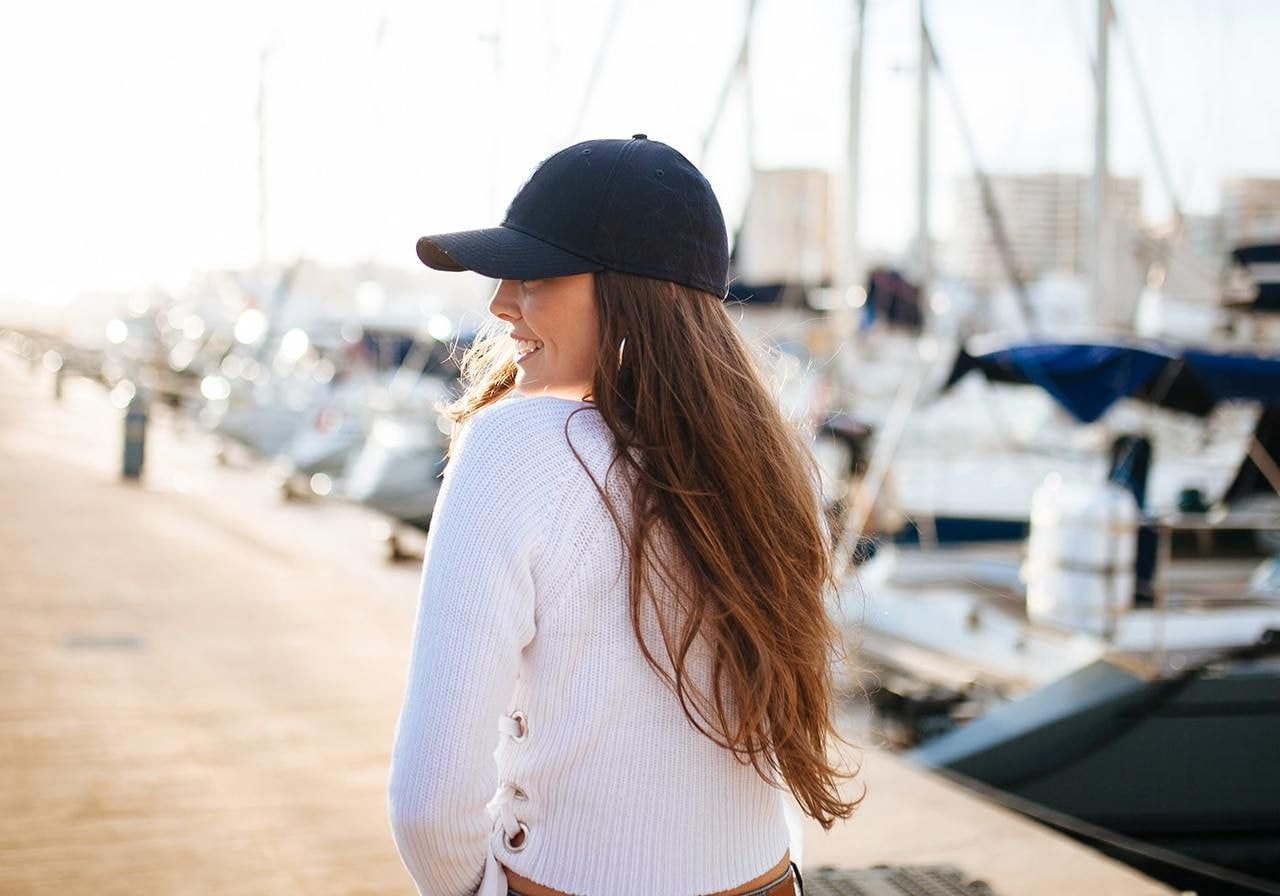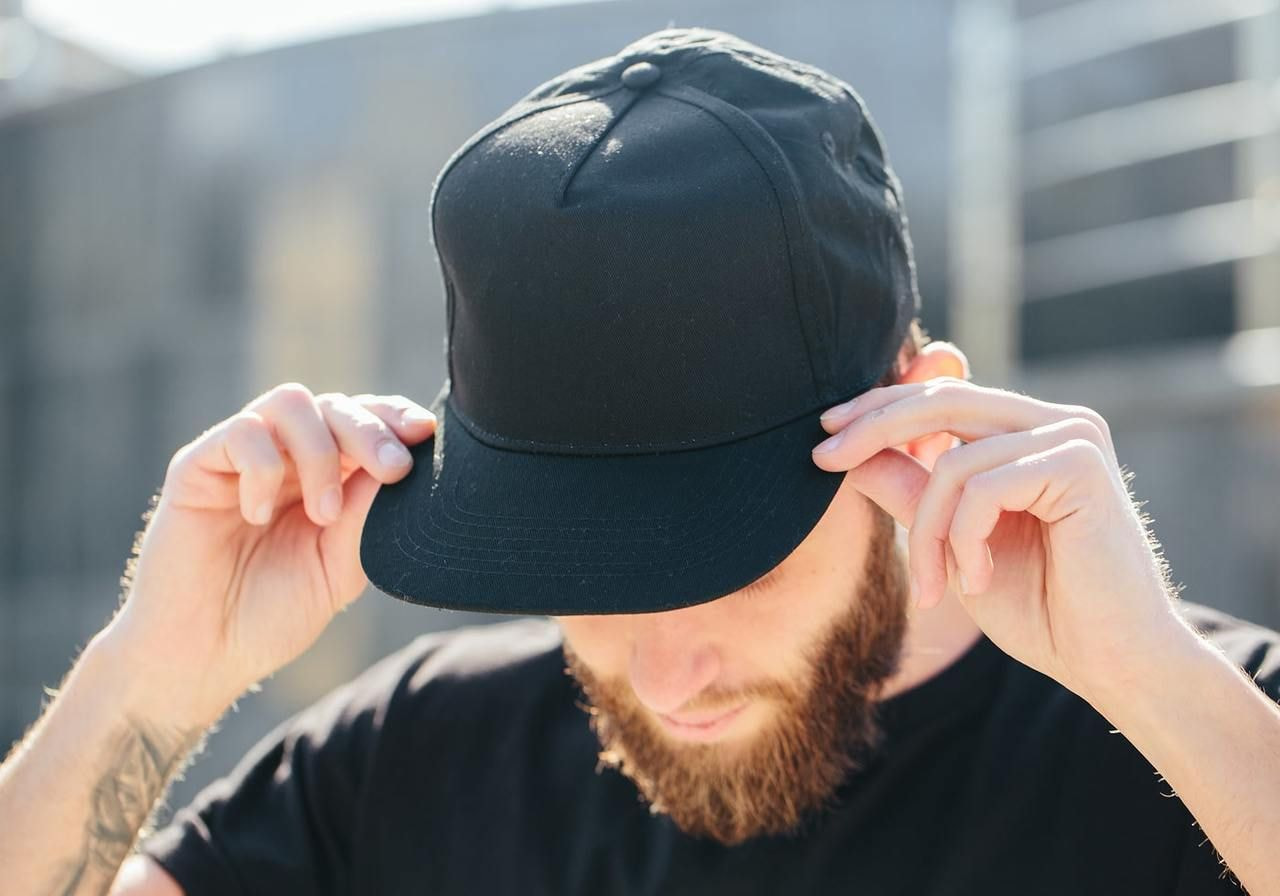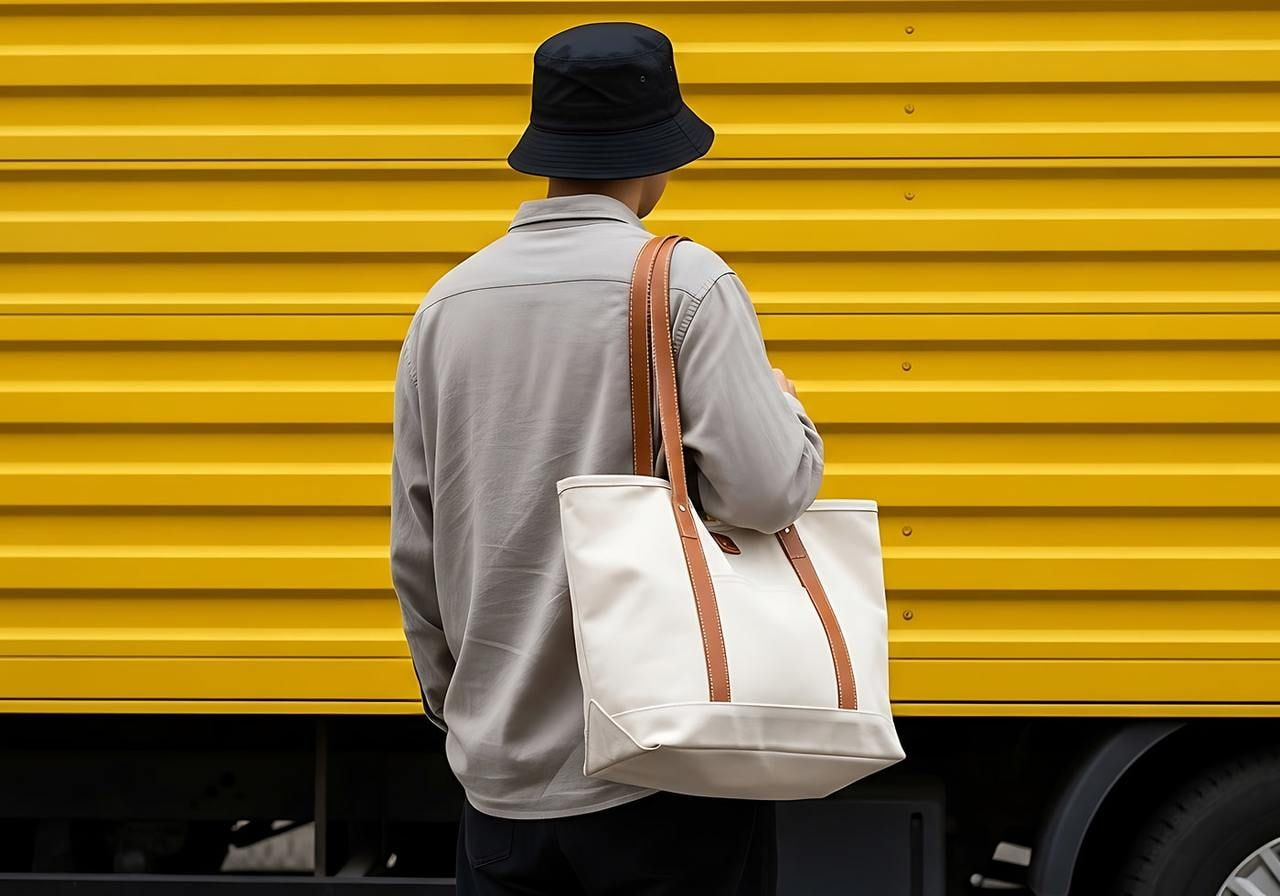Table of contents
When it comes to hats, small differences count. While 5-panel and 6-panel hats look similar at first glance, they vary in fit, shape, and vibe.
5-panel hats have one smooth front panel, while 6-panel hats have a seam down the middle.
Whether you’re rocking one yourself or planning to sell custom designs, knowing the characteristics helps you pick the right cap for the right crowd. Let’s explore the differences between 5-panel vs 6-panel hats.
Key takeaways
-
A 5-panel hat has five fabric panels, with a seamless front panel that gives it a boxy look. The structured shape is great for displaying bold graphics.
-
A 6-panel cap uses six panels, including two front pieces divided by a seam down the middle.
-
A key difference is the fit. 5-panels have a boxier silhouette, while 6-panels feature a rounded crown with a more secure feel.
-
5-panel hats are often linked to streetwear style and skate culture, while 6-panel hats are popular in sports (think classic baseball hats) and everyday wear.
What is a 5-panel hat?

A 5-panel hat uses five pieces of fabric to form the crown – two on the sides, two at the back, and one large front panel. The cap sits lower on the head, often with a flat brim, though some versions feature a slightly curved brim depending on the brand and design.
This hat has become a staple in casual and streetwear styles. Skaters and hip-hop artists often wear these caps due to their relaxed fit, clean lines, and room for personal style.
Shape and fit
Most 5-panel hats have a boxy, structured shape, with straight angles that give them a sharp look.
However, some styles have a slight curve to the crown for a softer silhouette, though they still maintain that distinctive flat-front profile.
Due to its shape, the hat usually sits close to the head without feeling tight. The lower crown creates a relaxed style, making it feel less snug than a 6-panel cap. This laid-back fit makes it appealing for everyday casual wear.
The five panels
The most unique feature of a 5-panel hat is its single-piece front panel. Unlike the split front found in 6-panel caps, this section has no center seam – giving the hat a smooth surface for displaying logos, bold graphics, or large embroidery.
The smaller panels on the side help create the hat’s signature boxy shape. In some versions – like the foam trucker style – these panels use mesh fabric and lightweight materials for extra breathability in warmer weather.
The back panel usually includes adjustable straps such as snapbacks, buckles, or hook-and-loop closures for a secure fit.
Some brands also use the side and back areas for subtle details like small logos or lettering without pulling attention away from the front.
Thanks to its clean design and sharp silhouette, the 5-panel is a perfect hat for showing off bold visuals.
Material and printing
Generally, 5-panel hats use cotton, polyester, nylon, or a mix of these fabrics. All work well for casual outings, but synthetic materials are better for durability, moisture resistance, and holding the cap’s structured fit.
For decoration, 5-panel hats often use embroidery to add textured designs like logos or direct-to-film (DTF) printing for full-color graphics.


What is a 6-panel hat?

A 6-panel hat uses six pieces of fabric to form the crown – two at the front, two on the sides, and two at the back. This extra piece gives the hat a rounder overall appearance.
Most designs have a curved brim, which reinforces the cap’s traditional style and makes it more secure. While it works just as well as a 5-panel for casual looks, the 6-panel is especially well-suited for sports and is widely recognized as the classic baseball cap.
Shape and fit
Most 6-panel hats have a rounded crown, created by the way the six pieces come together at the top. This gives the cap its familiar dome-like shape.
This snug design is a big reason why the 6-panel is so popular for sports and outdoor activities, where a hat needs to stay in place. The rounded build enhances comfort during movement, making it functional and reliable.
That said, not all 6-panels are strictly round. Some have a more boxy structure and durable construction, especially when made with stiffer fabrics. This variety makes the 6-panel adaptable for outdoor adventures, everyday wear, and even more fashion-forward styles.
Read also: How to start a hat business
The six panels
A 6-panel cap’s front is divided by a center seam, created by the additional panel at the front. This detail gives the hat a more traditional look.
Many designs use bold text or filled-in artwork so the seam blends into the overall style and creates a statement piece.
The two side panels curve into the crown, rounding out the structured design and contributing to the hat’s snug fit.
The back panels bring the crown together and usually include adjustable straps like a 5-panel hat. Some versions keep the back simple, while others may add small graphics, tiny stitchings of brand names, or subtle personal touches.
Material and printing
Like 5-panels, 6-panel hats often use cotton, polyester, or nylon, but they also come in a wider range of fabrics such as cotton twill, canvas, corduroy, and wool blends.
This variety comes partly from the construction. With more panels and seams, the 6-panel offers greater structure, allowing it to hold its shape in sturdier fabrics. That’s why materials like twill or wool blends are common for this style.
Similarly, 6-panel hats are most often decorated with embroidery or DTF printing.
Read also: Creative embroidery ideas (plus tips for Print on Demand)
5-panel vs 6-panel caps: Main differences

To make the differences between a 5-panel vs 6-panel cap easier to spot, check out the side-by-side breakdown below. The two styles have their unique benefits, so the right choice comes down to your intended use and personal style.
|
5-panel cap |
6-panel cap |
|
|
Style and use |
Linked with streetwear style, skate culture, and casual looks |
Recognized as the classic baseball cap – popular for sports, outdoor activities, and everyday wear |
|
Construction |
Five panels – one large seamless front, two sides, two back |
Six panels – two front with a center seam, two sides, two back |
|
Shape and fit |
Boxy silhouette, flatter crown, sits lower on the head |
Rounded crown, dome-like profile, sitting higher and more snug |
|
Design placement |
Large seamless front panel, ideal for bold graphics, embroidery, or prints |
Embroidered or DTF designs centered across the two front panels |
|
Materials |
Often lighter fabrics like cotton, nylon, or polyester blends |
Wider variety including twill, corduroy, canvas, wool blends, cotton, nylon, and polyester |
When to buy a 5-panel vs a 6-panel hat
The choice between a 5-panel cap and a 6-panel cap comes down to the vibe and look you’re going for. One gives off a sleek, street-ready edge, while the other leans classic and athletic.
Go for a 5-panel hat if you’re into a boxy, fashion-forward look. The large front panel creates a clean surface for bold graphics and custom patches. Often paired with a flat brim, it feels modern and edgy – something you’d see as a statement piece.
Choose a 6-panel cap if you prefer a timeless shape. With its dome-like crown, it has that familiar baseball cap look that never goes out of style. It’s versatile enough for everyday wear, but also feels at home in sports and outdoor adventures.
More hat styles to add to your collection

While 5-panel and 6-panel caps are classics, they’re not the only options. Here are other hat styles with their own unique attributes:
-
Bucket hats – A must-have for laid-back looks and outdoor adventures, with a soft crown and wide brim that give them a relaxed fit.
-
Beanies – The go-to for colder days, combining warmth with minimalist designs that work across casual and streetwear outfits.
-
Visors – No crown, just a bold front panel brim that keeps the sun out while letting your head breathe.
Conclusion
Both the 5-panel hat and the 6-panel cap have their own unique benefits. The first leans sharp and modern, while the second feels more classic.
If you want hats with your own personal touch, make them with Printful. Pick a hat from our Catalog, open our Design Maker, and add your logo, artwork, or text. Whether you choose five or six panels, you can easily create a custom hat that feels uniquely yours.
Read next:


FAQs
A 5-panel hat gets its name from the five pieces of fabric used to make the crown. A snapback simply means the hat has an adjustable plastic tab at the back. A snapback can be either a 5-panel or a 6-panel – it’s about the closure, not the shape.
It depends on the style you want. A 5-panel hat has a sharp, boxy front that’s great for bold graphics and modern streetwear. A 6-panel hat has a rounded crown with a snug fit, making it better for sports, outdoor adventures, and a classic everyday look.
Yes. 5-panel hats are popular in streetwear, especially with skaters and hip-hop artists. Their boxy shape gives them a modern edge, and the ample design space makes them easy to style as either a statement piece or an everyday essential.
Not always. In hats, profile means the height of the crown – how tall the hat looks when worn. A 6-panel cap can be low, mid, or high profile depending on the design. The panel count just shows how many fabric pieces make up the hat, not the crown height.

Maisha is a content writer with 6+ years of experience in turning complex topics into clear, search-optimized content. She believes readability always wins, no matter how SEO trends shift. Outside of writing, she’s usually trying new recipes (but never following them), watching niche YouTube videos, or planning food-fueled adventures.





